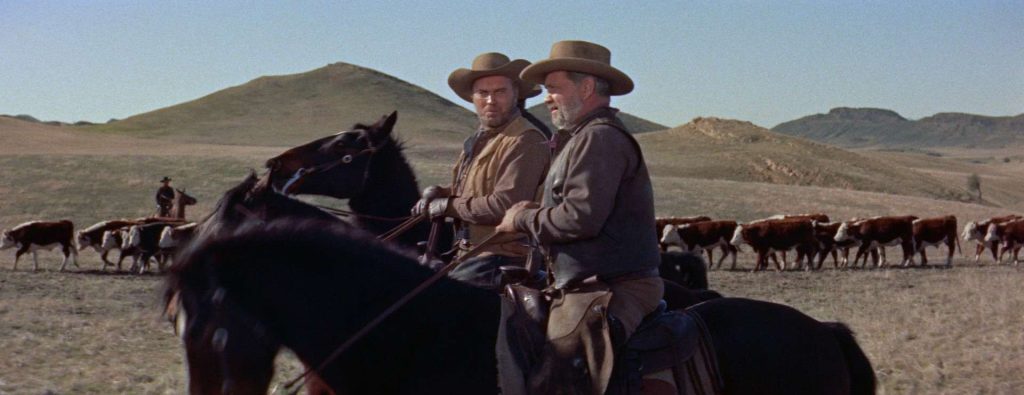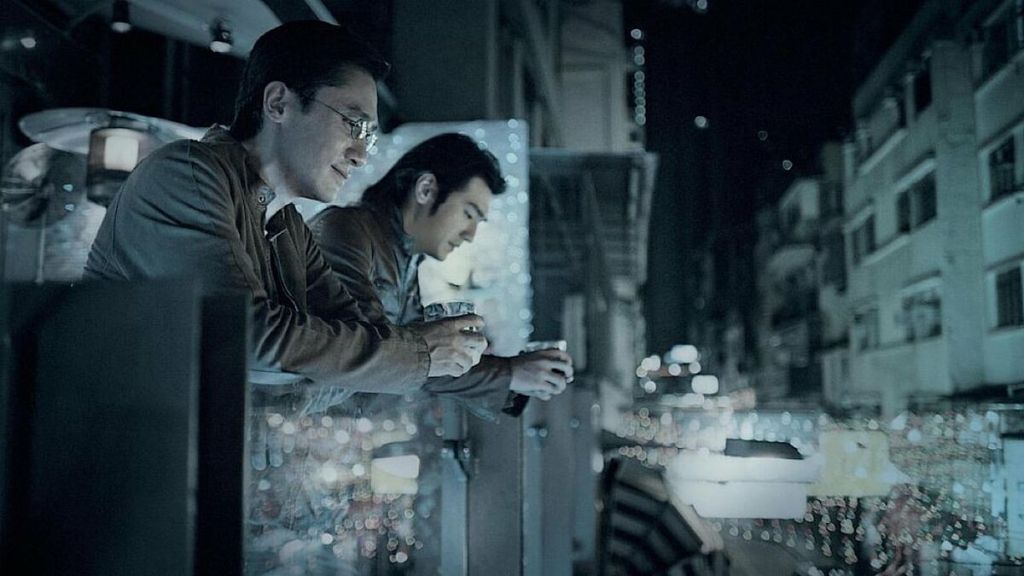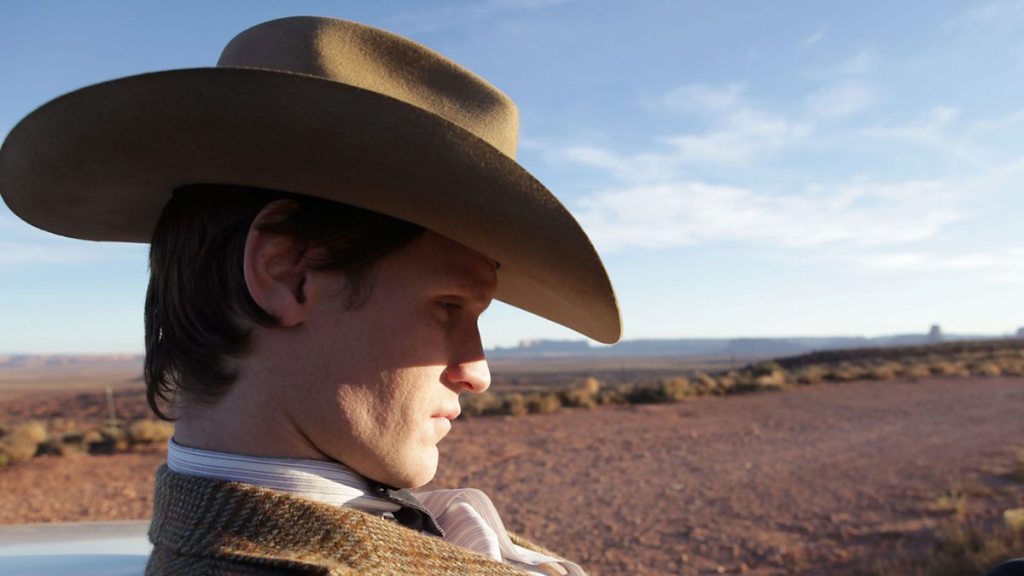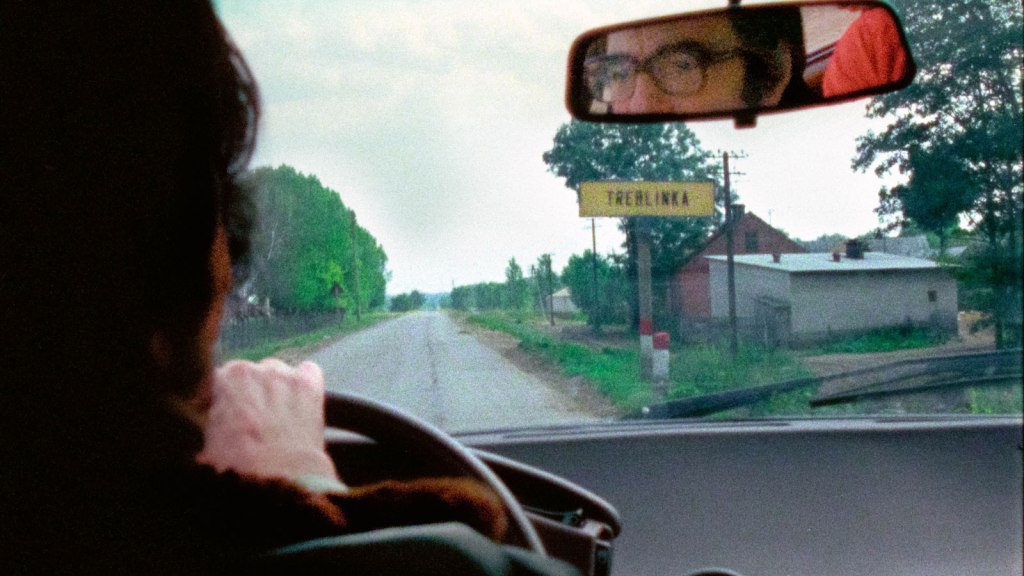Ultimately the American western trades in myth: it presents a fictionalised distortion of history that emphasises rugged individualism, and the triumph of the individual over the untamed landscape. It is natural, as the genre developed, for certain elements of the stories to be revisited and reimagined over and over again. One of the most common is the lawman Wyatt Earp. The real Earp, who was born in 1848, policed Dodge City, Wichita, and most famously Tombstone – where he and his brothers participated in the legendary ‘gunfight at the OK Corral’. Earp consulted on early Hollywood westerns, but his reputation was only really established following the publication of Stuart N. Lake’s hagiographic biography Wyatt Earp: Frontier Marshal in 1931. Since then, Earp appeared as a character in more than 40 films including My Darling Clementine (1946), Gunfight at the OK Corral (1957), Tombstone (1993), and Wyatt Earp (1994).
The fiction Earp is a more respectable and honourable character than the actual man, but he came to be emblematic of the ‘white hat’ lawman archetype that headlined an enormous proportion of the genre.
It is Joel McCrea who plays Wyatt Earp in Wichita, in which Earp travels to the titular cattle market town in search of a vocation and winds up serving as its town marshal. His tough law-making earns him a growing number of enemies from rogue cowboys to wealthy investors. It also earns him a romance with Laurie McCoy (Vera Miles), the beautiful daughter of town banker Sam McCoy (Walter Coy).
There is a slick, rounded edge to Wichita, and a neat simplicity to its story. This is a western in the vein of older, more naïve works, where the heroes are noble and principled, and the villains mean-spirited and untrustworthy. The mid-1950s were seeing this traditional model be modified, and occasionally up-ended, but Wichita confidently plays things safe in a robust and crowd-pleasing manner.
French-American director Jacques Tourneur helms the film. His hugely effective work on RKO horror films during the 1940s later earned him a reputation for being an auteur, and while the narrative is deeply conventional the film looks absolutely sensational. Tourneur’s use of the Cinemascope ratio gives it a particularly epic feel, and a relatively large cast of extras provides a sense of scale that a lot of westerns lacked at the time.
The film reunited Tourneur with leading man Joel McCrea: the pair had collaborated earlier in the year on the western Stranger on Horseback (reviewed here). McCrea gives a very similar performance here: calm, noble, and resolute. Western regular Edgar Buchanan gives a charming turn as an alcoholic newspaper editor. Vera Miles is very appealing as love interest Laurie: Wichita was one of her earliest credited roles, but she went on to co-star in The Searchers (1956), Psycho (1960), and The Man Who Shot Liberty Valance (1962). Other famous faces worth keeping an eye out for include Lloyd Bridges as a rebellious cowboy and future Mission: Impossible star Peter Graves as Earp’s brother Morgan.
Wichita is, in many respects, about as archetypal as a western movie can get. In the context of the genre in 1955 it serves a valuable purpose: this is effectively the middle ground for westerns at the time, following a well-worn trail but following it exceptional well.
1955 West is a review project to watch as many western features from 1955 as possible, in order to gain a ‘snapshot’ view of the genre at its height. According to Letterboxd, there were 72 westerns released that year; this is the 31st film reviewed. You can see all of FictionMachine’s reviews to date by clicking here.





Leave a comment